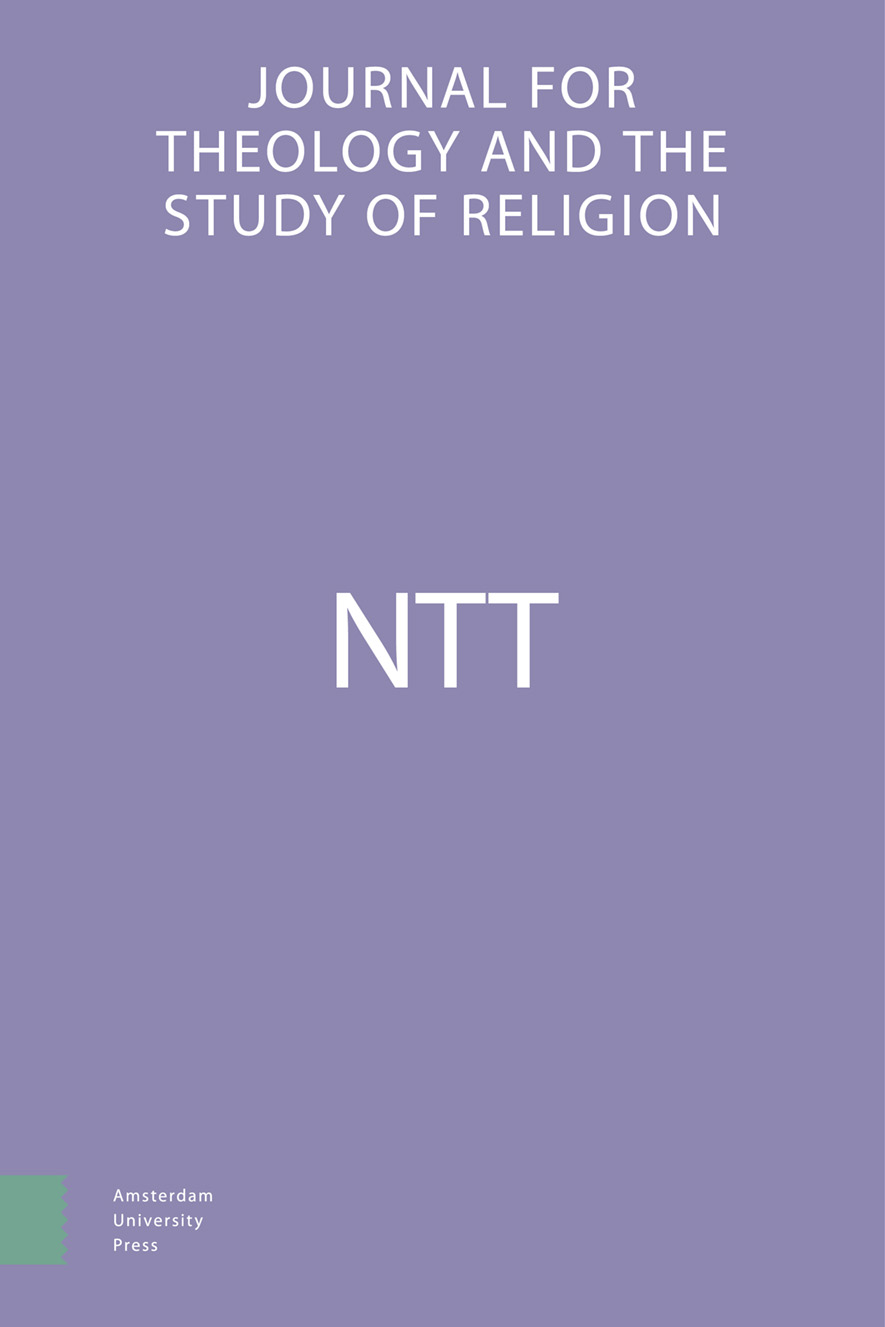
Full text loading...
We use cookies to track usage and preferences.I Understand

As part of NTT JTSR’s series on Key Texts, the present article discusses Mark Goodacre’s influential work, The Case Against Q. The book challenges the standard solution to the synoptic problem, the two-document hypothesis, arguing against the existence of Q and for Luke’s use of Matthew. This article takes a critical look back at the book’s main arguments and examines the impact it has had on subsequent scholarship.

Article metrics loading...

Full text loading...
References


